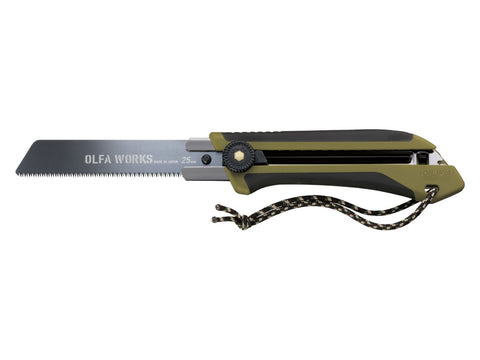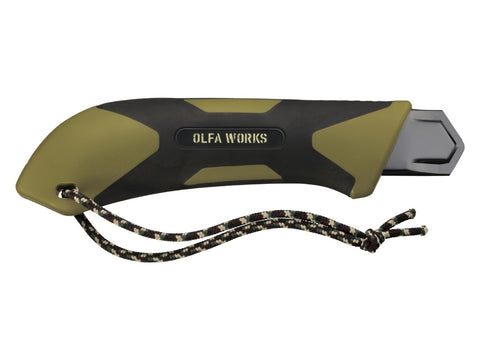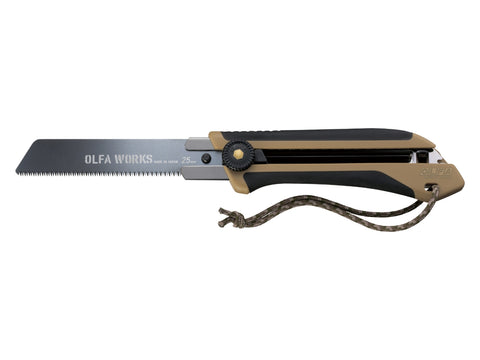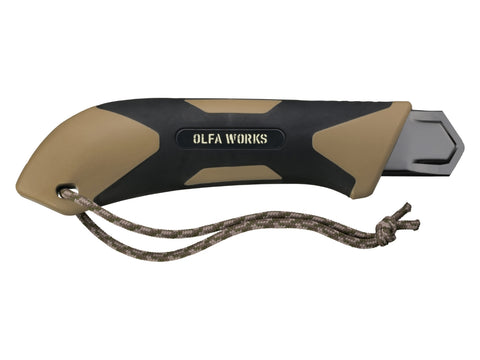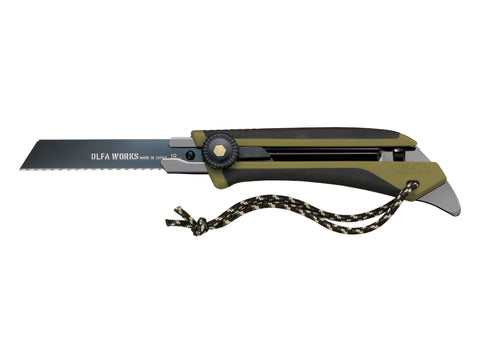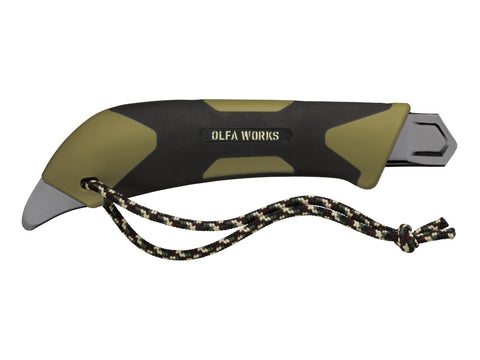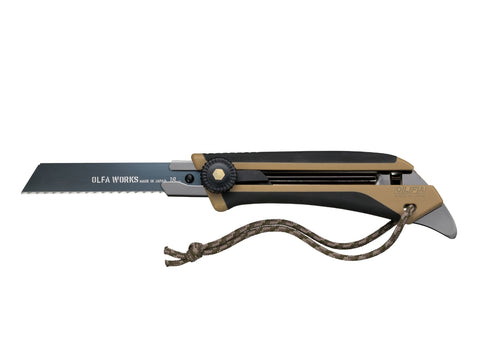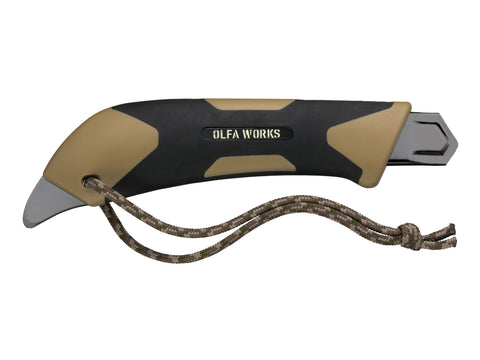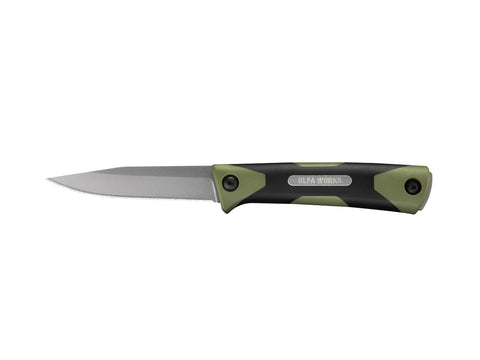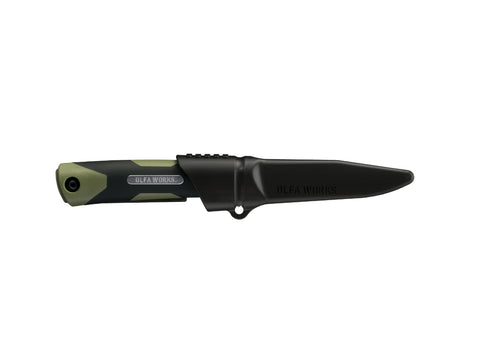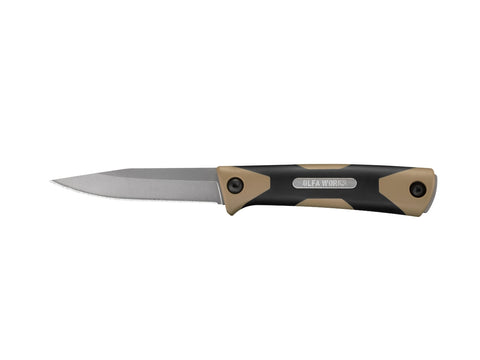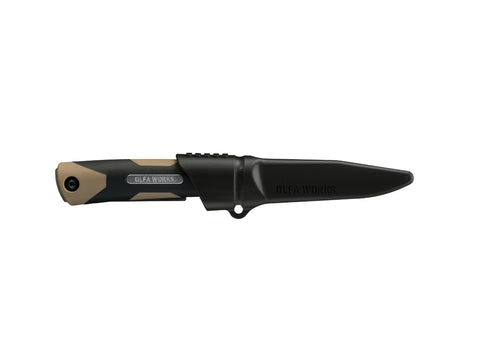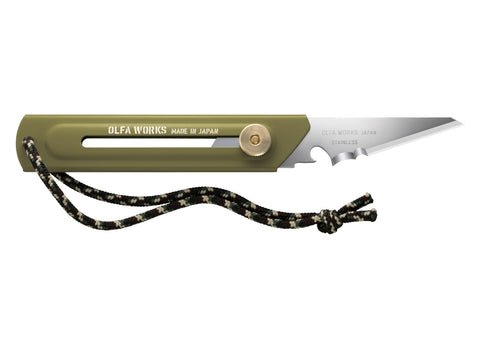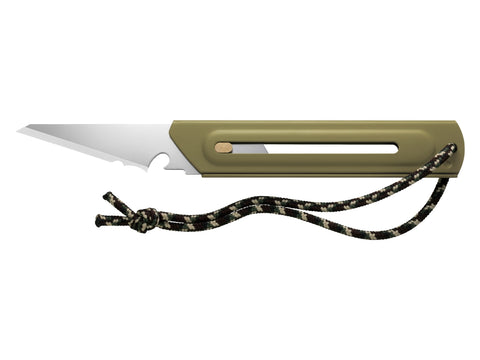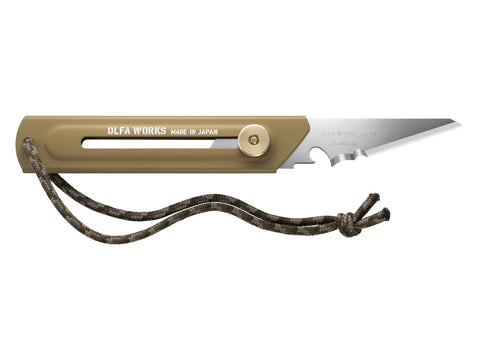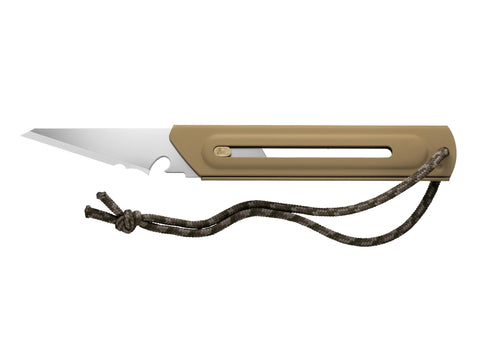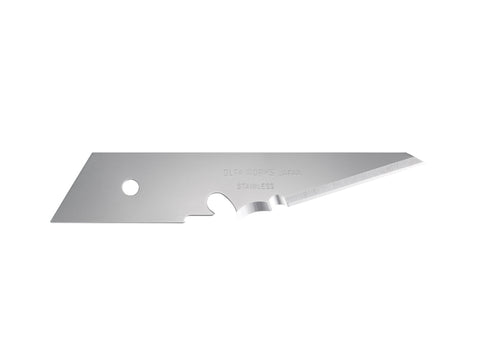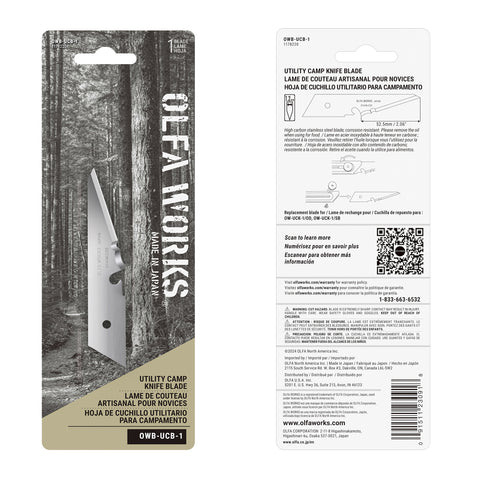Sleeping Essentials for a Restful Night’s Sleep
When most people picture camping, they imagine the fresh air, the crackling campfire, and waking up to birdsong. What they don’t picture is tossing and turning all night because they’re cold, sore, or just plain uncomfortable. Being well-rested can make all the difference between a fun outdoor escape and a cranky, uncomfortable ordeal. A good night’s rest and the right gear makes all the difference.

When you’re standing in the sporting goods store looking at the array of sleeping bags available, it’s easy to become overwhelmed. The sleeping bag is your main defense against the cold, damp, and hard ground so you want to make the right choice. Choosing the right one depends on when, where, and how you camp. Sleeping bags temperature ratings are based on the lowest temperature they can handle. Summer camping? A 35°F–50°F bag is usually fine. Spring/fall camping? Look for 20°F–35°F. Cold-weather camping? Go for 0°F or below. The rating is often based on survival, not comfort so look for the comfort rating too when available. Shape and fit are the next things to consider. Mummy bags are snug, retain warmth more efficiently, and will cover your head so only your face is exposed. Rectangular bags give you more room to move around in but might not have as much insulation. Double bags are great for couples or families with younger kids. Check out the length on the label to make sure it fits your height. Also look for bags that work for side sleepers. The insulation type is one more factor. Down insulation is lightweight and very warm, but it loses its performance if it gets wet. Synthetic insulation stays warm, even when it’s damp and is easier to pack. It’s also budget friendly. Some other features to look for include full-length zippers, if the zipper opens on the left or right side of the bag, draft tubes (the padded section along the zipper placket that blocks cold air), a built-in pillow pocket, and a hood for extra warmth. Look for the R-value (insulation rating) on the tag - the higher the R-value, the warmer the pad. Summer camping, R1-2, spring/fall, R3-4, and cold weather, R5+.

Even the best sleeping bag won’t help much if you’re lying directly on hard, cold ground. A sleeping pad – or mattress - adds cushioning and insulation, both key for staying warm and comfortable through the night. A sleeping pad matters because your body compresses the insulation in a sleeping bag, especially underneath you. That means you lose heat to the ground unless you have a barrier, like a pad or mattress. A good pad will help prevent sore hips and back, also adding a layer of moisture protection. Closed-cell foam pads are lightweight, durable, and inexpensive. These are great for backpacking or layering under another pad in cold conditions, but they aren’t super plush. Self-inflating pads offer a balance of comfort and insulation. They expand on their own (you add a few breaths to firm them up) and provide solid support. Inflatable air pads are easily packed and comfortable, plus you can customize their firmness. Some are ultralight for backpacking, while others are more luxurious. Many include built-in pumps or stuff sacks that double as inflation bags. For extra comfort and warmth, pair a foam pad under an inflatable one.

If you want a comfort upgrade, get a camping cot! While sleeping pads are great, camping cots offer next-level comfort by lifting you off the ground completely. A cot can be a game-changer for quality sleep. The biggest advantage is that elevated sleep keeps you off of cold, uneven, or wet ground. It’s easier on your joints, especially if you have physical issues or trouble getting up from the ground. Air can circulate beneath it in hot weather, keeping you cooler. A bonus is that they offer you a place to stash gear or bags underneath the cot, making your tent tidier. Cots pair well with sleeping pads, putting the pad between the cot surface and your sleeping bag, gives you extra warmth and cushioning. Standard cots fit most adults, but XL or wide models are better for larger sleepers or those who toss and turn. Check the weight rating, especially if you’re on the heavier side or plan on using it frequently. Look for strong steel or aluminum frames that won’t wobble, plus a crossbar and X-leg design to offer good support and weight distribution. Avoid thin or flimsy frames that can bow or break over time. Canvas or polyester fabric should be tight on the frame and durable enough to not be easily punctured. For easy transport and storage, look for folding models with carry bags. Test the ease of set up and break down before you leave the store.
What you wear to bed while camping can make a big difference in how well you sleep — and how warm you stay. It’s not just about piling on layers, it’s about choosing the right layers. Make an effort to change into dedicated bedtime clothes. Resist wearing the clothes you hiked or cooked in. They can be damp or have ticks or insects in them. Lingering food scents can also attract wildlife. Bring a base layer just for sleeping, such as leggings, long underwear, or a long-sleeved shirt. In cold weather, add a sweatshirt or vest over the top before getting into your sleeping bag. A beanie and socks will keep your head and feet warm if it’s chilly. Tip: Don’t overdress. Too many layers can actually make you colder by reducing the effectiveness of your sleeping bag’s insulation. You want just enough to stay warm and let your bag do its job.
With a little prep and organization, your tent can feel like a cozy bedroom in the woods. Choose a flat, level site that’s free of rocks and roots. Avoid low spots where water might collect if it rains. Face your tent door away from the wind, if possible. Even in cool weather, crack the windows or vents to reduce condensation inside the tent. A small welcome mat or vestibule area helps keep dirt and mud outside the tent. If you’re car camping at a campsite, consider bringing along a battery-operated fan for warm nights. Also, a portable heater, designed specifically for tents, can keep you warm in cold weather.

Once you’ve got the right sleeping bag and pad, a few small accessories can make your sleep setup even more comfortable. These extras are easy to pack and can really improve how well you rest. A real camping pillow is worth the space. Inflatable pillows fold into a small package, and you can adjust the firmness. Compression pillows are made from foam and while they may be more comfortable, they’re bulkier. Stuff sacks or other gear bags can easily be turned into pillows by filling them with clothes or jackets. Add more warmth by using a sleeping bag liner. They keep your bag cleaner and feel softer on your skin. They’ll also add 10-15°F or warmth. Quilts or blankets are great for layering on cold nights or just using them on their own if it’s too warm to sleep in your bag. Campgrounds can be noisy, and early sunrises might wake you too soon. Eye masks and earplugs are tiny comforts that can make a big difference. Fill a durable bottle (like a Nalgene) with hot water and tuck it in your bag before bed. Instant heat source! Tent rugs will keep your feet from getting cold, especially in the morning. You can also keep your feet warm and clean by bringing a pair of camp slippers or thick stockings for moving around inside the tent. A soft-glow lantern or headlamp with a diffuser is great for reading or late-night bathroom trips. A small camp table can act as a nightstand, giving you a place to set your water bottle, book, or headlamp. It helps keep items off the floor and your tent looking tidy. Add personal touches with a favorite pillowcase, soft blanket, or even a stuffie to cuddle. Don’t be afraid to personalize your setup with blankets, lights, and bedtime routines that help you relax. After all, a good night’s sleep means more energy, better moods, and way more fun on the trail or around the campfire.
Your sleeping bag works hard to keep you warm — a little care goes a long way in making it last for years. Properly packing and storing it helps preserve insulation and keeps it fresh for your next trip. Shake it out before packing to remove debris and moisture. Let it air dry even if it’s slightly damp from condensation, dew, or sweat. Avoid rolling. Most bags are designed to be stuffed into their sacks. Stuffing creates less wear on insulation and stitching. Tip: Loosely start stuffing the foot of the bag in first — it makes the process faster and more compact. After you’re home, give it a light cleaning. Air it out by hanging it for a day or two. Spot clean any dirty places with soap and a sponge. Only wash your sleeping bag when it really needs it. Use a gentle, down-safe or synthetic-safe detergent depending on the insulation. Wash in a front-loading washer (top loaders can damage baffles). Take it to a laundromat if you don’t have one. Dry on low heat with dryer balls or clean tennis balls to restore loft. Don’t store your sleeping bag in its stuff sack long-term. It compresses the insulation and reduces loft. Use the large cotton or mesh storage sack that comes with your bag. Store it in a cool, dry place, loosely packed, and away from direct sunlight or moisture.
Camping doesn’t have to mean roughing it. With the right gear and a few thoughtful touches, your tent can feel like a cozy retreat. Whether you’re a weekend car camper or planning your first multi-night adventure, investing in a quality sleeping bag, supportive sleeping pad (or cot!), and comfort-boosting extras can make all the difference.
Rest well, camp happy.
For more camping tips and outdoor inspiration, read our blog and join the adventure. Always remember to pack your OLFA Works tool kit – you’ll regret leaving them at home if you don’t.

